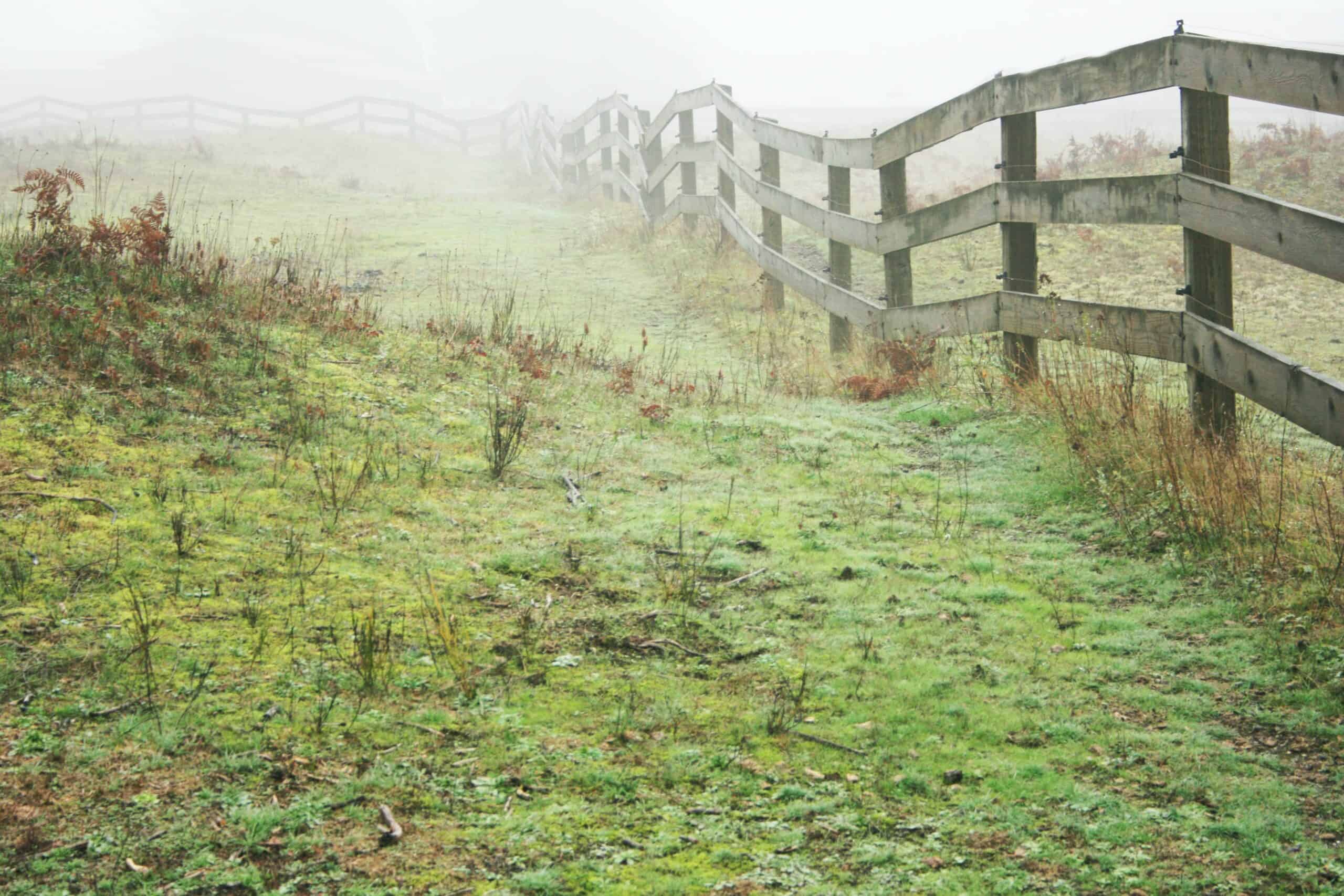Share this article
Ranchers provide insight into carnivore fencing
Scientists met with landowners once a month to create fencing surveys
Researchers are gaining insight into what type of fencing works for ranchers trying to reduce wildlife-livestock conflict.
Julie Young, an associate professor in the Department of Wildland Resources at Utah State University, has been working to reduce human-carnivore conflict for over a decade. She recently partnered with the Working Lands Association, the U.S. Department of Agriculture’s Wildlife Services and others to help reduce conflicts, so that wildlife and people can coexist on the landscape.
“It’s a balancing act for us to enjoy wildlife and to use the land for our livelihoods,” Young said.
She and her team are using a conservation innovation grant—a Natural Resources Conservation Service program that uses Farm Bill money to support private land conservation efforts—to support the use of nonlethal tools to deal with predators. They are looking at fencing, carcass management and range riders as methods for reducing human-wildlife conflict.
In a paper published in Frontiers in Conservation Science, the team discussed their outreach to farmers on fencing. They wanted to find out what kind of fencing ranchers are using, what’s working and what isn’t working. The research was led by Matthew Hyde, a PhD student at Colorado State University.
“What I think is really novel about this is, ranchers have been involved since day one,” Young said.
The research team met with ranchers at least once a month on Zoom to write grants and even choose graduate students to hire. Young said the meetings opened up conversations and taught researchers and landowners about each other’s perspectives.
Landowners also helped develop a survey design that was then sent out to any rancher they could think of. Wildlife Services helped them find some contacts. The team reached out to other landowners via social media.
The researchers are still in the process of collecting survey data. They hope the responses show them what fences work in what scenarios. In addition, they hope to study whether the cost of the fencing pays off in the long run.
“Our goal is to make it easier for ranchers,” Young said. “We know ranchers in general don’t want to lose their livestock to depredation, whether or not they hate carnivores. A lot of them don’t know what to do when it comes to [the best use of their] time and money.”
Young stressed the importance of studying different stakeholders when it comes to conflicts with wildlife. “It does take time, but it adds so much value,” she said.
Header Image: Researchers turned to ranchers to help them find out the best fencing to prevent conflict with carnivores. Credit: Jan Canty








